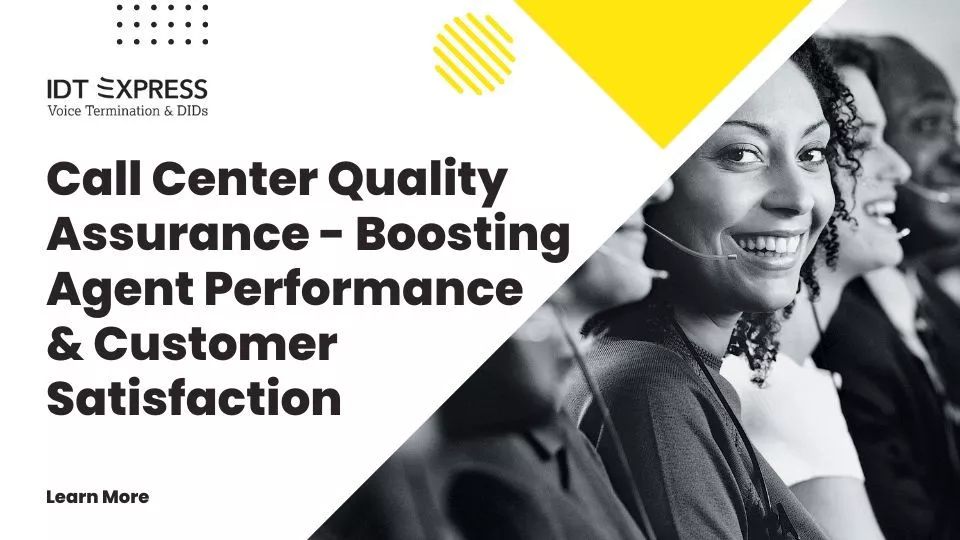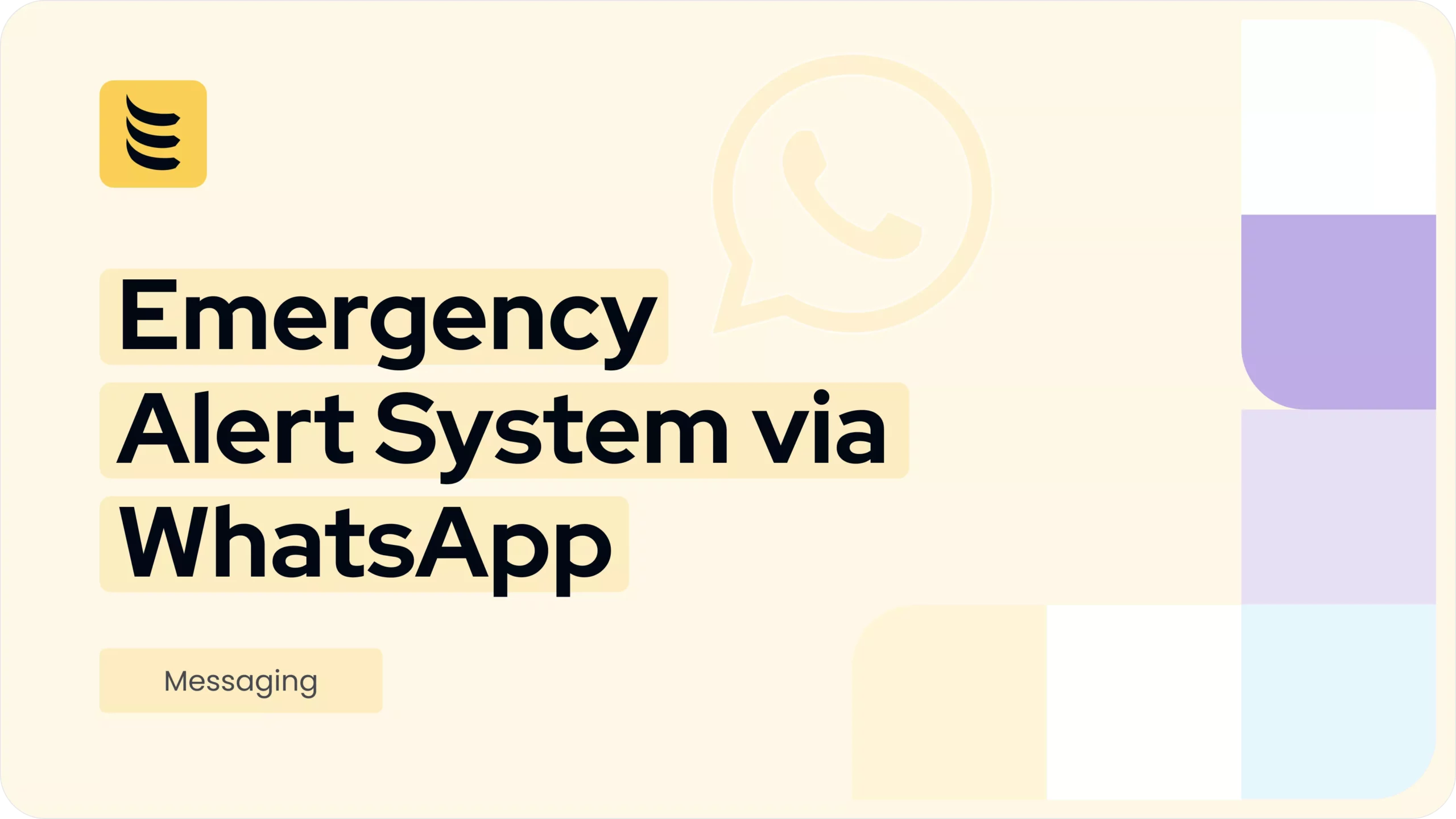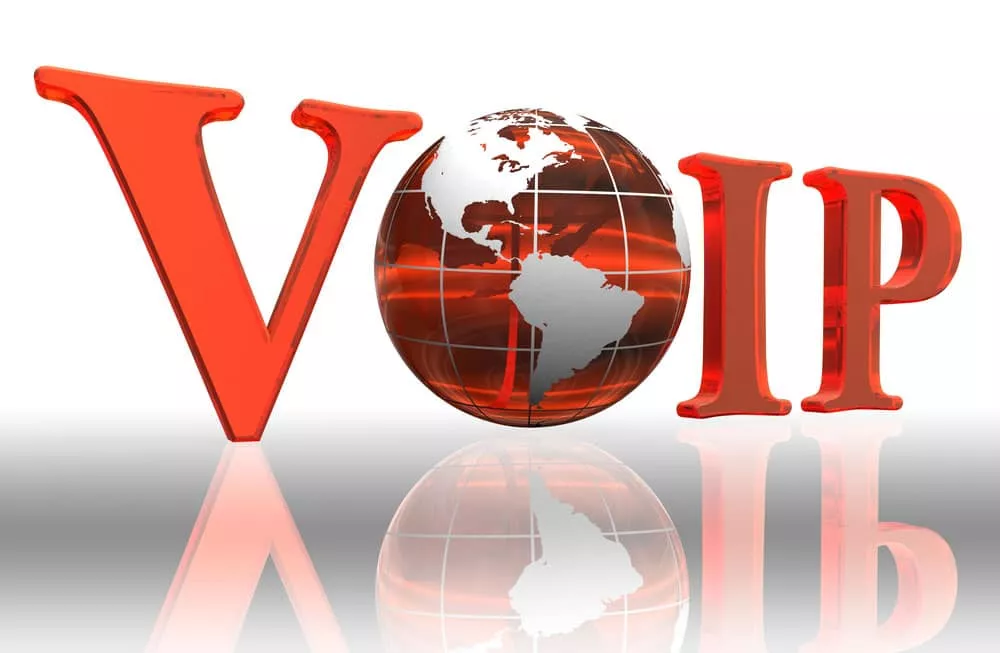Every interaction between a commercial organization and its consumers has implications for the continuing success of the business. This extends to phone and message-based functions like customer service and technical support. The quality of service and support that an organization delivers is part of its brand identity — and if these activities occur via a call center, Quality Assurance (QA) call monitoring becomes an essential factor in keeping customers happy by maintaining service levels, and upholding the brand’s reputation.
There are currently around 60,850 contact centers around the globe. A recent report by ContactBabel reveals that 55% of customers expect more from support agents than they did a year ago. And according to ContactBabel’s research findings, more than 90% of organizations that do quality assurance monitoring consider this practice very or fairly effective.
Why Quality Assurance Matters
Even a single bad experience with a call center agent may be enough to turn a customer off a brand completely. What’s more, in the age of social media, poor customer experiences can easily prompt negative comments and bad reviews that spread a damaging message to their friends, family, and followers. In this way, a single bad interaction could cost your business the loss of many prospects, or even existing customers.
Call Center Quality Assurance is a continuous monitoring and improvement process that aims to identify common problems shared by consumers and establish standard ways of communicating with them — all while improving the customer experience and increasing the efficiency and professionalism of call center agents.
By implementing Quality Assurance measures, businesses can ensure that their call centers deliver a uniform service to consumers, which is of a consistently high standard across all channels of communication. With Quality Assurance monitoring, organizations can institute common greetings, brand identity phrases, and call structures into every interaction that agents have with the customer. This kind of consistency gives consumers a clear idea of the level of service that they can expect from their dealings with the brand.
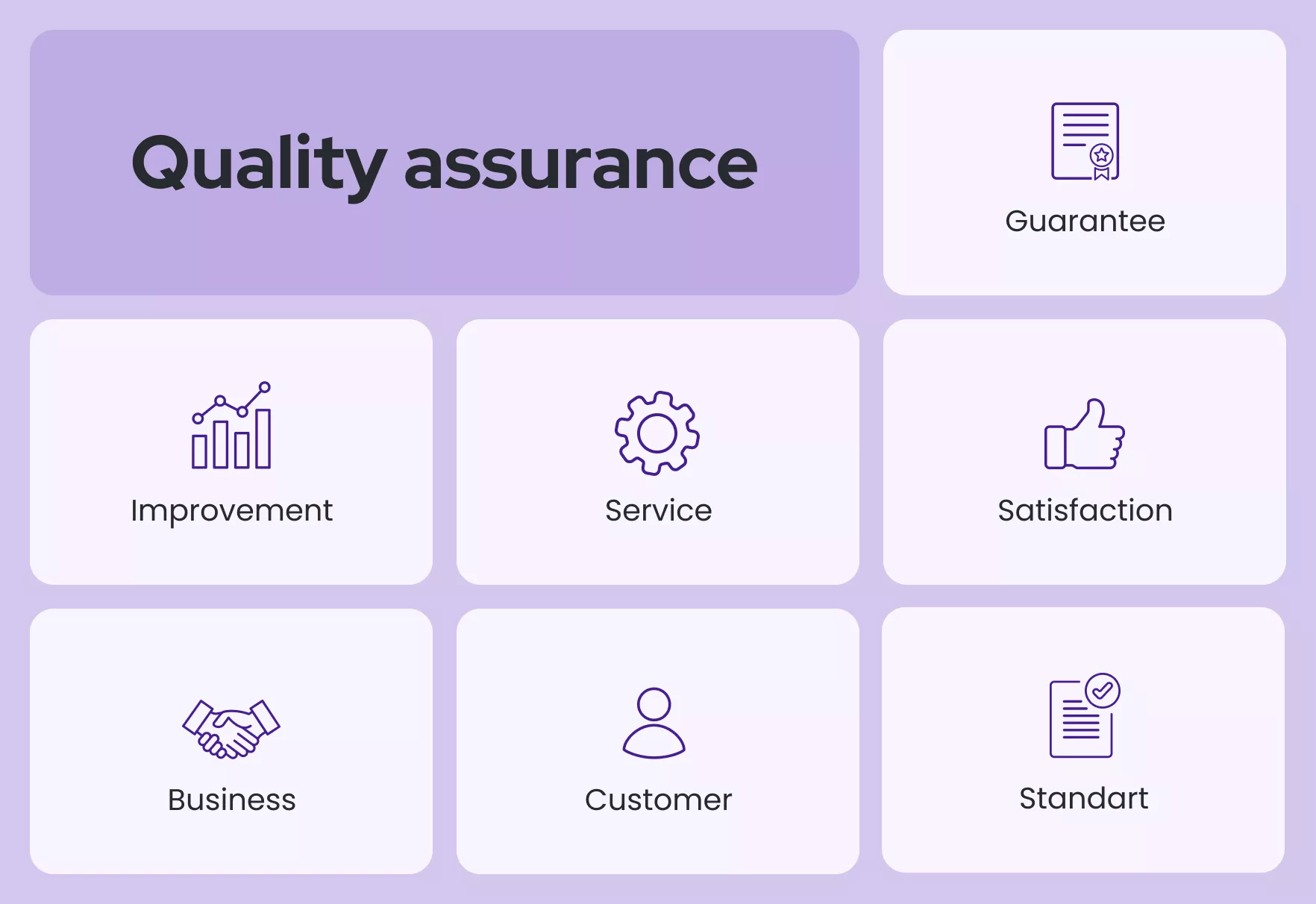
Call Center QA also plays a role in enabling organizations to meet key business objectives. By enhancing agent performance and minimizing response and handling times, Quality Assurance measures can precipitate an upward swing in Key Performance Indicators (KPIs) and important business metrics such as Customer Satisfaction (CSAT) and the Net Promoter Score (NPS).
A number of industries have regulatory compliance frameworks that dictate how customer and business information should be handled, how various transactions should be implemented, and procedures for dealing with certain types of communication and data exchange. Here too, Call Center Quality Assurance has a role to play in making stakeholders aware of what is expected of them by law. For example, the Federal Trade Commission (FTC) has several criteria relating to call centers, such as an obligation for at least one person in any recorded conversation being aware that the call is being monitored — and providing their consent to that recording.
Putting Call Center Quality Assurance Into Action
Some organizations have an internal team that monitors call quality and adherence to relevant industry standards. Others rely on a third-party monitoring system, in which independent Call Center Quality Assurance specialists act as impartial observers. In all cases, the QA monitoring process has the objective of providing the best possible customer experience, by equipping call center agents with the tools, techniques, and operational guidelines they need to maintain a consistent focus on customer satisfaction.
Due to the sheer volume of calls and interactions that have to be assessed, Quality Assurance monitoring can be a complex and daunting task. You can use the following recommendations to help make the job easier.
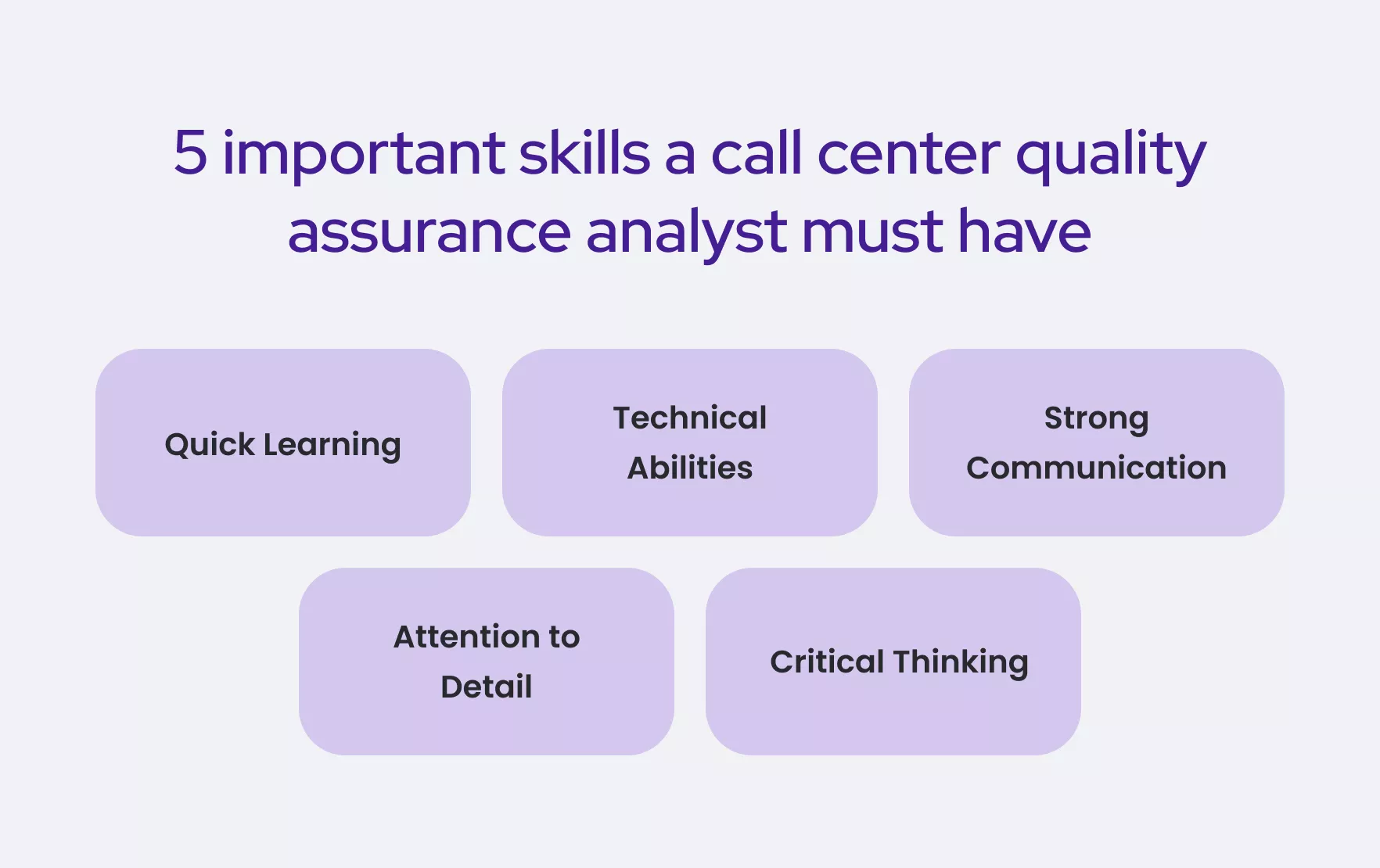
Set Parameters for Performance
QA monitoring typically works in line with a set of quality parameters, which in turn align with the overall objectives of the business. These parameters include customer and call metrics such as handling time, average response time, customer satisfaction ratings, and Key Performance Indicators like Net Promoter Scores.
On the basis of these parameters, team leaders or independent monitors will conduct a Quality Assurance assessment on a sample of customer interactions. They will typically evaluate call center agent performance against an agreed benchmark or scorecard. The agents themselves can work to develop relevant benchmarks in collaboration with managers and Quality Assurance specialists.
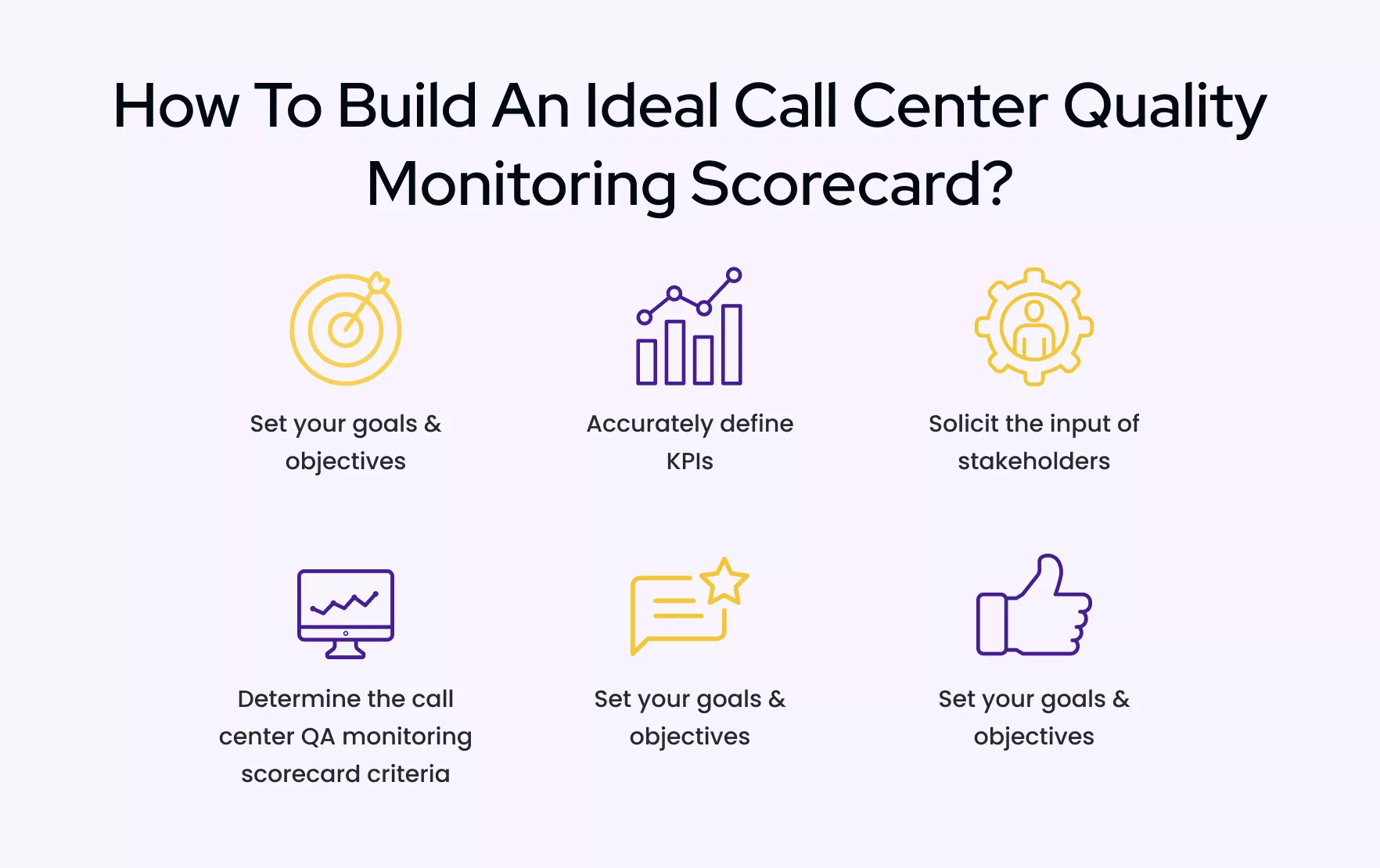
If these QA benchmarks cover all of the most important elements that contribute to a good customer experience, agent assessment on the basis of the scorecard will provide useful feedback for improving and enhancing agent performance.
Use Standardized Forms
Quality Assurance tools and forms help in accurately recording interactions between agents and consumers, and provide an avenue for identifying areas of potential improvement and key recommendations that can enhance the customer experience. As QA monitoring needs to be a continuous process that takes in all employees who interact with consumers, Quality Assurance forms and procedures should be standardized across the organization.
Use Artificial Intelligence (AI) to Boost Agent Performance
AI-powered technologies such as live call guidance and operational intelligence give call center managers and team leaders the power to interject real-time recommendations and feedback into ongoing agent-customer interactions. Use of Artificial Intelligence in this manner can dramatically improve agent productivity and resolution rates, and contribute to improved customer service delivery.
Use Automation to Increase Operational Efficiency
Automation technologies like chatbots (especially those powered by Artificial Intelligence, Machine Learning (ML), and Natural Language Processing (NLP) can assist in relieving the workload of busy call center agents. Specifically, chatbots can be programmed to deal with the most common customer service and technical support queries that an organization must routinely handle.
This leaves human call center agents and technical support staff free to intervene during special circumstances that require a more personal touch and to concentrate on more high-value activities that support the business.
Improve Voice Quality
Even the most automated and efficient call center with the best-trained agents can fail to deliver a premium customer experience if the quality of its voice communications is below standard. Unclear explanations from technical support agents or inaudible conversations with customer service can lead to confused and dissatisfied callers.
A call center solution that provides superior voice quality is therefore critical to ensuring a consistently positive customer experience, and a high Quality of Service.

Train and Retrain Your Agents
One of the core activities of Call Center Quality Assurance monitoring is highlighting areas where agent performance can improve — either through the identification of errors from call and interaction recordings or by putting the spotlight on examples of best practice and stellar issue handling. These observations may then be incorporated into agent orientation and training programs.
As new products, services, and technologies enter the market and consumer expectations change, customer service and technical support must be able to adopt new strategies to keep pace. This emphasizes the need for agent training to be an ongoing exercise, with programs that modify in response to the prevailing conditions.
With Bring Your Own Carrier (BYOC), organizations can directly negotiate billing and management of their voice services with an external voice carrier of their choice.
IDT BYOC provides an organization with superior voice quality, scalability, carrier reliability, and redundancy for business continuity, coverage, and control. For call centers, IDT specializes in: local and global voice termination, at high quality and low price — and with simplicity in integration. Whatever CPaaS or UCaaS platform an organization may be using for its call center operations, IDT BYOC provides an ideal solution as the underlying voice carrier
IDT’s operational flexibility allows organizations to scale and grow with the assurance that they will receive full support from a trusted partner.
Connect with our voice expert to learn more on BYOC.
